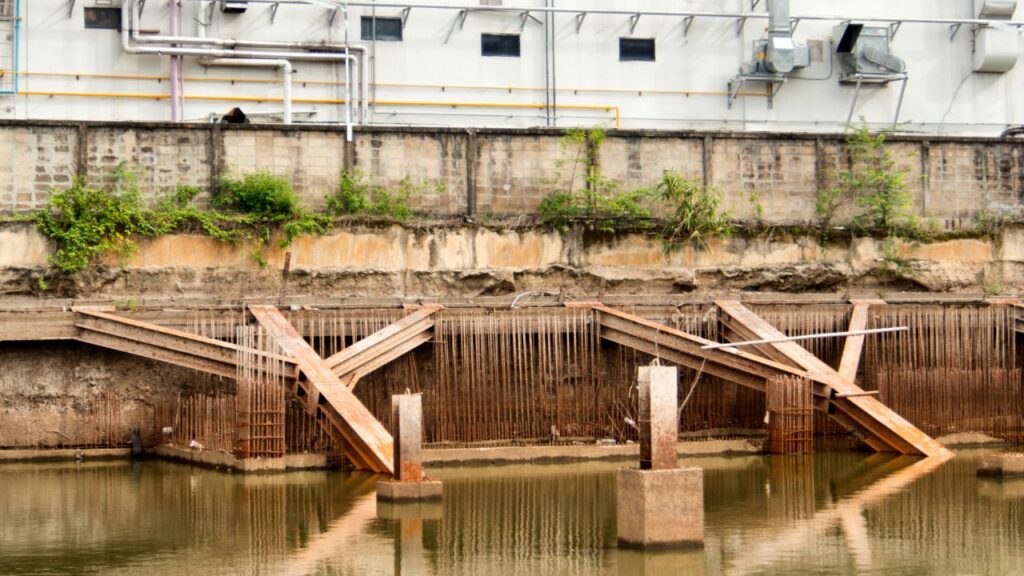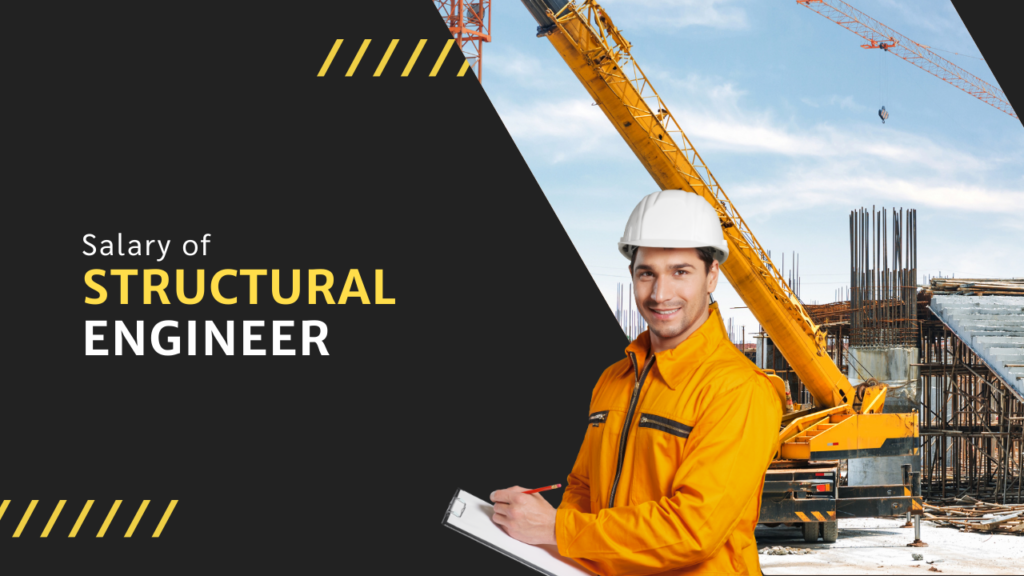What is the first thing you consider when constructing a building or structure? Many important factors cannot be compromised. However, today will focus on construction materials, especially retaining walls used during the construction. They have wide range of use in almost all types of construction. Today we will discuss the importance of retaining walls and their types, depending on your needs and requirements.
What is a Retaining Wall?
For those who don’t know what a retaining wall is, don’t worry; we will explain that to you now. Due to natural forces such as gravity, there are chances of building materials running downhill or soil erosion. Retaining walls are used to help prevent these problems.
Most commonly, retaining walls are used in several projects, such as construction, landscaping, and civil engineering. These walls help slope stability, prevent erosion, and create level areas for buildings and structures. These walls will ensure the safety of the building you are constructing and help increase their lifetime. That is why choosing the retaining walls best suits your building requirements is very important.
You can choose and select any type of retaining wall according to your preference and liking. For your ease, we have added a table that gives you an overview of different types of retaining walls, including their characteristics, advantages, and disadvantages:
| Type of Retaining Wall | Characteristics | Advantages | Disadvantages |
| Concrete Retaining Walls | Durable, strong, and long-lasting | Used in construction of high walls and require less effort and labor | Expensive, requires skilled labor and equipment, can crack or break over time |
| Gabion Retaining Walls | Made of wire mesh baskets filled with rocks or other materials, flexible, and can be used in various shapes | Affordable hence require less effort and labor | May not be suitable for high walls, may have limited lifespan, and can shift or move if not anchored properly |
| Timber Retaining Walls | Made of wood, natural appearance, and can be easily customized | Affordable hence require less effort and labor | Prone to rot, termites, and other types of damage, may require frequent maintenance and replacement |
| Block Retaining Walls | Made of concrete blocks or bricks, versatile, and can be used for various shapes | Economical, easy to install, and can be used for various heights and applications | May not be suitable for high walls, can crack or break over time, and may have limited lifespan |
| Natural Stone Retaining Walls | Made of natural stone, attractive, and can add aesthetic value to the landscape | Durable, long-lasting, and requires low maintenance | Expensive, requires skilled labor and equipment, and may not be suitable for high walls |
| Brick Retaining Walls | Made of bricks, attractive, and can add aesthetic value to the landscape | Durable, long-lasting, and requires low maintenance | Expensive, requires skilled labor and equipment, and may not be suitable for high walls |
| Boulder Retaining Walls | Made of large boulders, natural appearance, and can add aesthetic value to the landscape | Durable, long-lasting, and requires low maintenance | Expensive, requires skilled labor and equipment, and may not be suitable for high walls |
| Sheet Pile Retaining Walls | Made of interlocking steel or concrete sheets, flexible, and can be used for temporary walls | Affordable hence require less effort and labor | May not be suitable for high walls, may have limited lifespan, and can shift or move if not anchored properly |
| Prefabricated Retaining Walls | Made of precast concrete or other materials, easy to install, and can be used for various heights and applications | Affordable hence require less effort and labor | Not recommended for construction of high walls |
| Gravity Retaining walls | Made of heavy materials such as concrete or stone, rely on their mass to resist soil pressure | Easy to install, suitable for low to medium heights | May not be suitable for high walls and requires large space for construction |
| Cantilever Retaining walls | Have a wedge-shaped design, made of reinforced concrete, and rely on tension and compression to resist soil pressure | Suitable for medium to high walls and can support heavy loads | Requires skilled labor and equipment and may be expensive |
| Anchored Retaining walls | Made of reinforced concrete or masonry and have cables or rods anchored into the soil behind the wall | Suitable for high walls or areas with high soil pressure | Requires skilled labor and equipment and may be expensive |
Types of Retaining Walls: Finding the Right One for You
Retaining walls have so many types; each is unique in its design, construction, and materials. Not only that, each has its benefits and demerits. We list and provide details of some of the retaining wall types below:
- Anchored Retaining walls
- Gabion Retaining Walls
- Natural Stone Retaining Walls
- Brick Retaining Walls
- Sheet Pile Retaining Walls
- Timber Retaining Walls
- Concrete Retaining Walls
- Boulder Retaining Walls
- Prefabricated Retaining Walls
- Gravity Retaining walls
- Cantilever Retaining walls
- Block Retaining Walls
Understanding the characteristics and suitability of each type of retaining wall is essential for selecting the most appropriate option for a particular project.
Concrete Retaining Walls: Pros, Cons, and Design Ideas
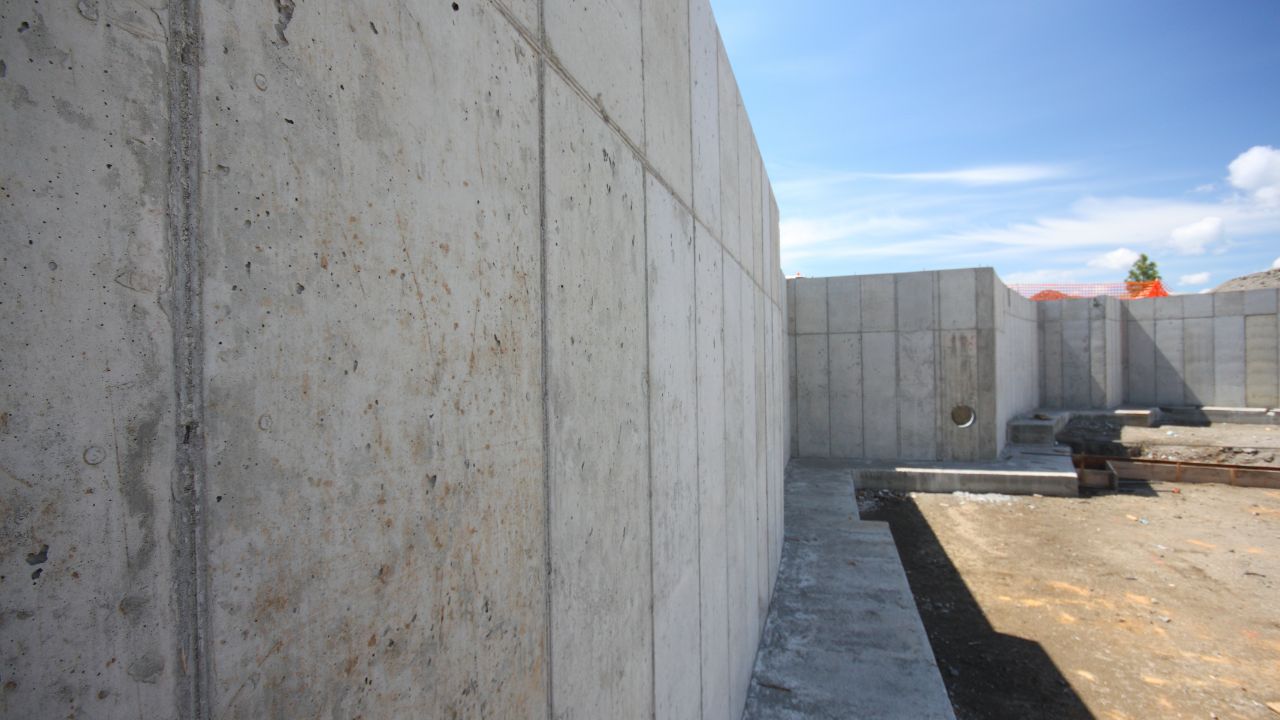
These are among the most famous walls considering their durability and strong nature.
They are used in many projects, including landscaping, the construction of residential and commercial buildings, etc.
Pros:
- Concrete walls are solid and durable. They are capable of resisting the effects of weather and erosion and are ideal for supporting a large amount of soil.
- These walls come in different sizes, designs, and shapes. That is why these walls are used in many construction places.
- These walls do not require much maintenance once they are installed. So it makes them quite handy due to their low maintenance.
- These walls are resistant to fire. Therefore, it prevents any chance of fire in the building.
Cons:
- First of all, these walls are expensive and require equipment and human force if you are working on a large project.
- The appearance of concrete walls might not be attractive to you because of their industrial nature.
- These walls lack flexibility which means that these walls cannot be altered once installed.
Design Ideas
You can use it in several ways and add beauty to your structures. You can do textured finishing or use stamped concrete to add designs. You can also add lighting to it, which will make it look more attractive at night.
Gabion Retaining Walls: The Stylish and Functional Solution
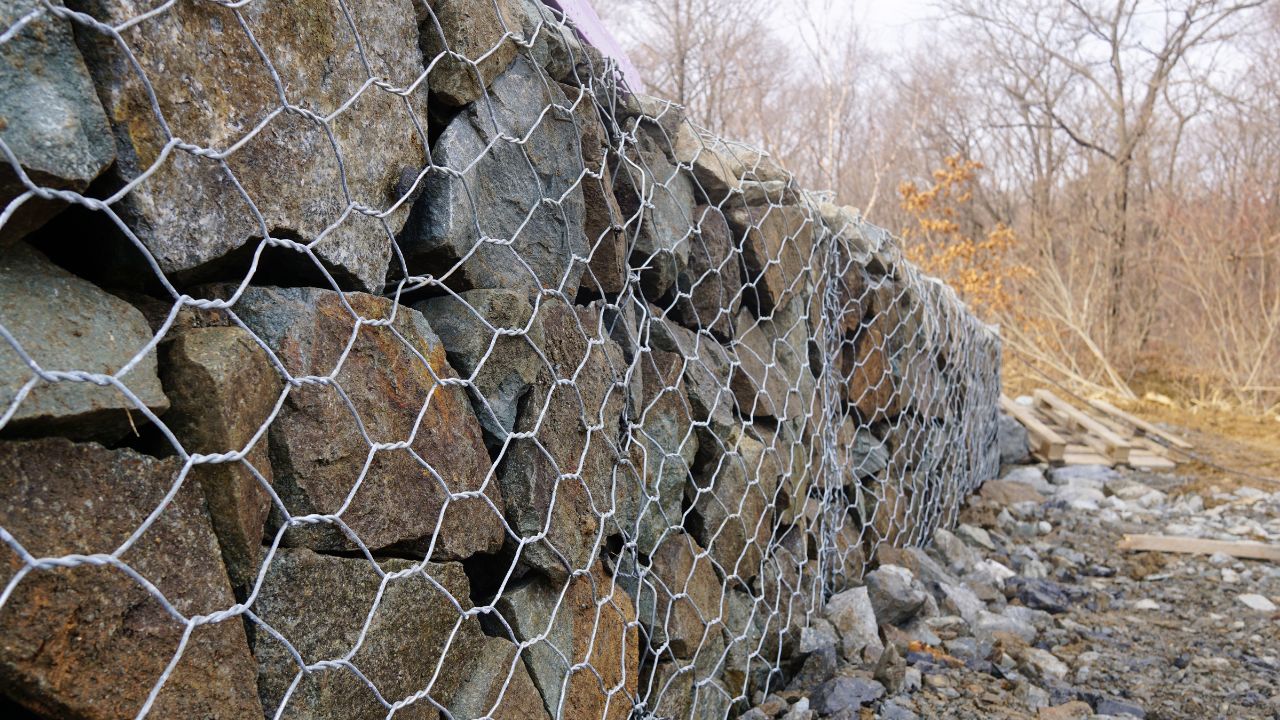
Gabion retaining walls give a very stylish and unique finish giving a functional and visually appealing wall as a result. These walls are made of flying rocks and other materials in wire baskets.
Benefits of Gabion Retaining Walls
- These walls are less expensive as compared to traditional retaining walls. Less labor and a few materials are required for such retaining walls.
- These walls are durable and can withstand weather conditions.
- As these walls are made of natural materials, making they are eco-friendly.
- Moreover, these walls are flexible as they come in various sizes and shapes and can be customized for the design.
Design Ideas
If made with natural stones or colorful rocks, these walls can create an eye-catching and aesthetic design for you. You can add planters on top of gabion walls or lighting to create a stunning atmosphere.
Timber Retaining Walls: Classic Design for Your Landscape
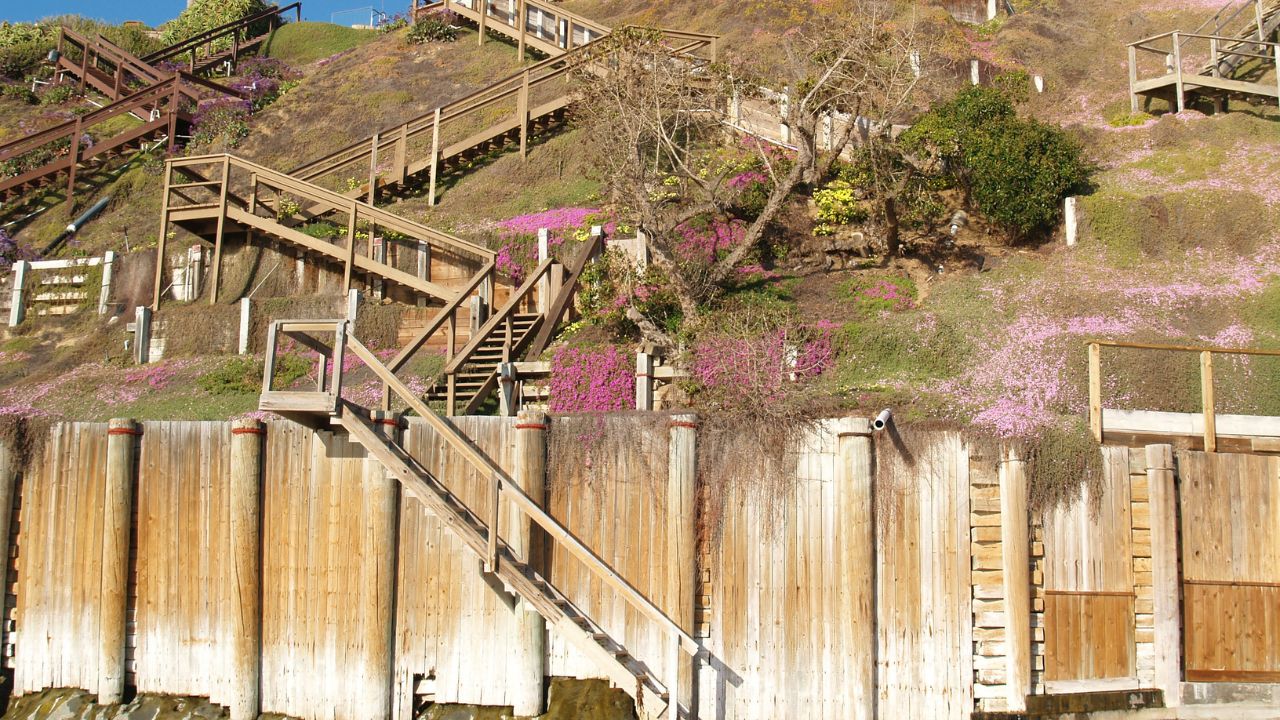
When it comes to landscaping, timber retaining walls are the most popular and recommended of all. They add a rustic appearance to your outdoor space, making your structure look naturally beautiful.
Timber retaining walls are used for various purposes, such as leveling the uneven ground, creating raised garden beds, and preventing soil erosion.
Benefits of Timber Retaining Walls:
- These walls give a natural look to your building or structure as they are made of wood.
- Timber retaining walls are cost-effective, require less labor, and are an affordable option for you.
- Also, these walls are easier to install than other retaining walls.
- In addition to that, these walls are quite durable and stay vital for a long time.
Block Retaining Walls: A Versatile and Affordable Option
Block retaining walls are pretty much similar to timber retaining walls providing the same functionality. These walls can be found in different colors and designs that can help you add more beauty to your architectural design.
While constructing and designing a block retaining wall, you should consider height, soil conditions, drainage, and block type to ensure durability. You can consult a professional to ensure the safety of your project.
Natural Stone Retaining Walls: Beauty and Durability Combined
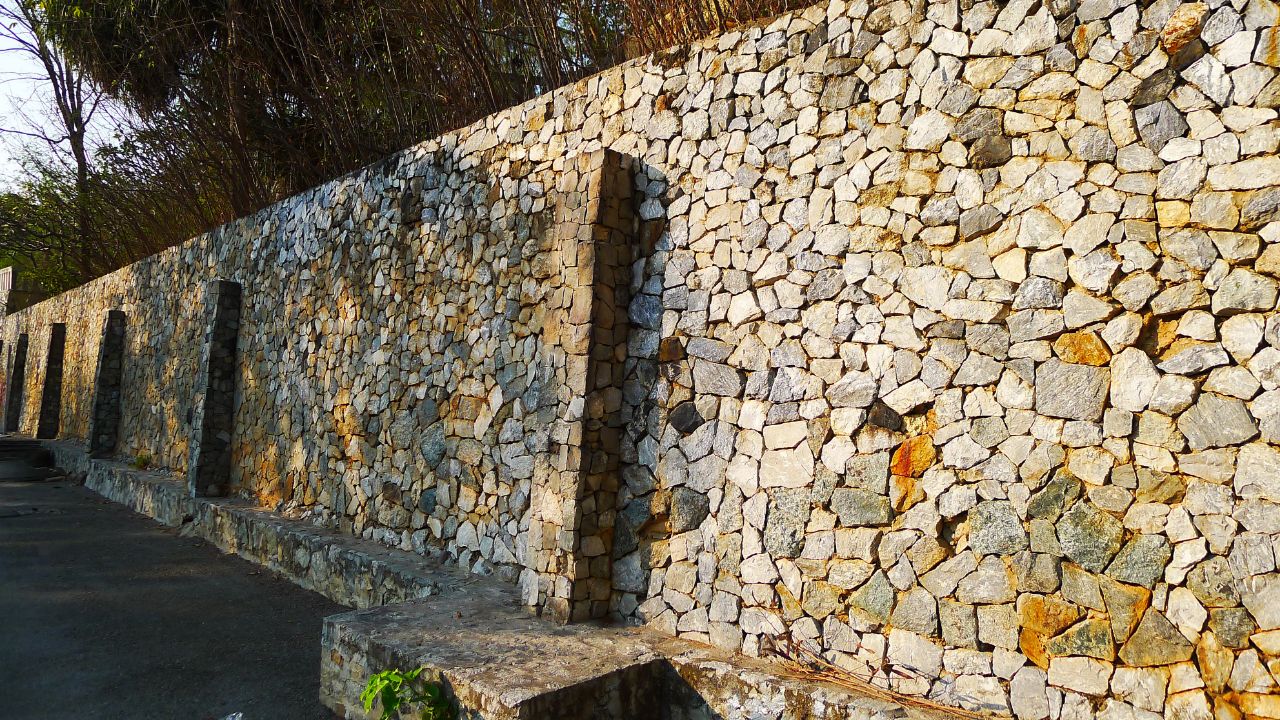
For centuries, natural stones have been used to make retaining walls, and to this day, it is still used for adding beauty and charm to your outdoor space. It is a timeless and versatile material and can transform your landscape into an oasis of tranquility and perfectness.
Benefits of Stone Retaining Walls:
- These walls are very versatile and durable.
- Less maintenance is required for stone retaining walls once installed.
- Moreover, these retaining walls are environmentally friendly as they are made of natural stones.
- You can customize these walls according to your design and liking.
Brick Retaining Walls: Timeless Charm for Your Outdoor Space
If you are more into the classical and elegant style of architectural structure, then brick wall retaining is for you. These walls not only prevent erosion and hold back the soil but also are an aesthetic and charming addition to your landscape’s visual.
Benefits of Brick Retaining Walls
Benefits of using brick retaining walls include the durability of your landscape and enhancing the aesthetics of your building through its versatile nature. Along with that, it doesn’t require much maintenance as compared to concrete or wood.
Design Ideas
You can make a variety of design patterns using brick walls. You can make tiered walls and curved walls, or you can add other materials as well. The herringbone pattern is one of the most classic designs you might want to add to your landscape.
Boulder Retaining Walls: Creating a Rustic and Natural Look
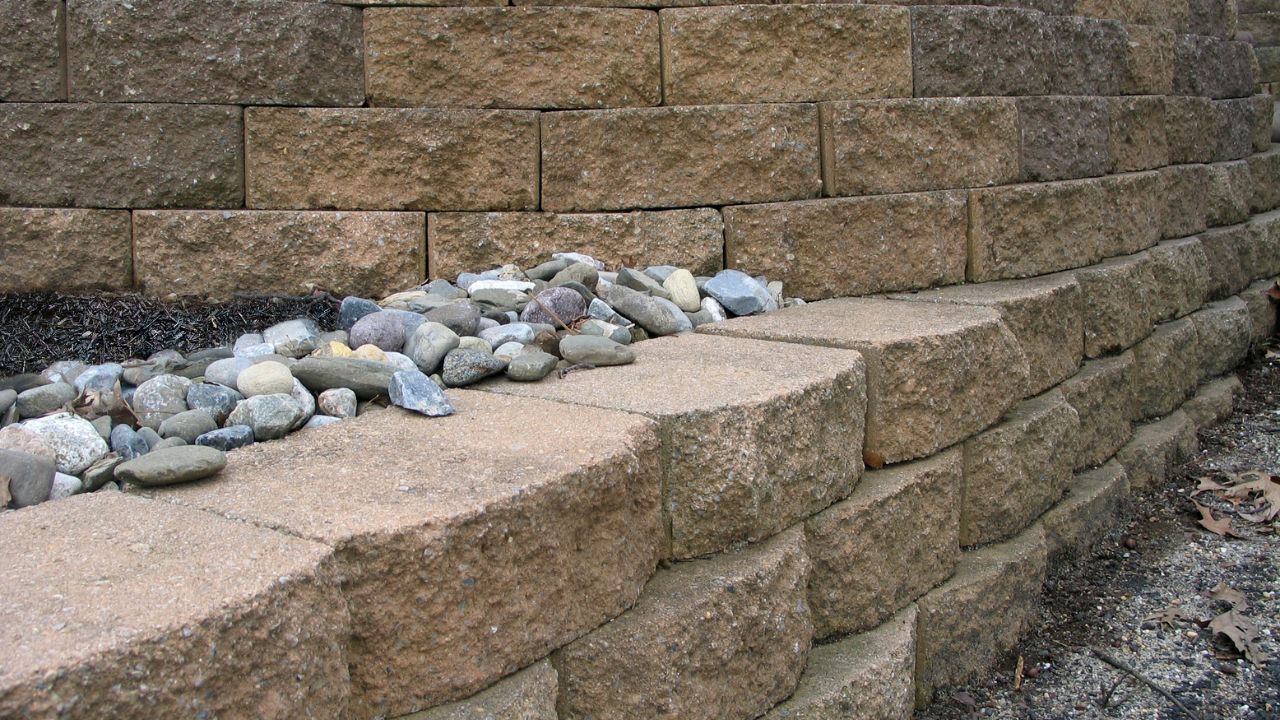
A boulder retaining wall comprises natural rocks. The stones are positioned with their most significant side into the earth. The more the stone side of a wall penetrates the ground, the stronger the wall is.
These retaining walls create an earthy and rusty look giving a serene beauty to your landscape.
Moreover, boulder retaining walls are durable, strong, and eco-friendly. Once installed carefully in a professional way, it will be an endless charm to your structure.
Sheet Pile Retaining Walls: A Strong and Efficient Choice
When deciding which type of retaining wall will be more effective and strong to prevent erosion and holding back soil, sheet pile retaining walls are the most recommended.
Also, when you have limited space and using other retaining walls is not a suitable choice, sheet pile retaining walls come in handy.
Design ideas
Sheet pile retaining walls are space efficient and can be used in several ways. You can use corrugated steel or vinyl sheet pile walls according to your need and budget. For vertical gardens, these retaining walls are proved to be very beneficial.
Prefabricated Retaining Walls: The Fast and Easy Solution
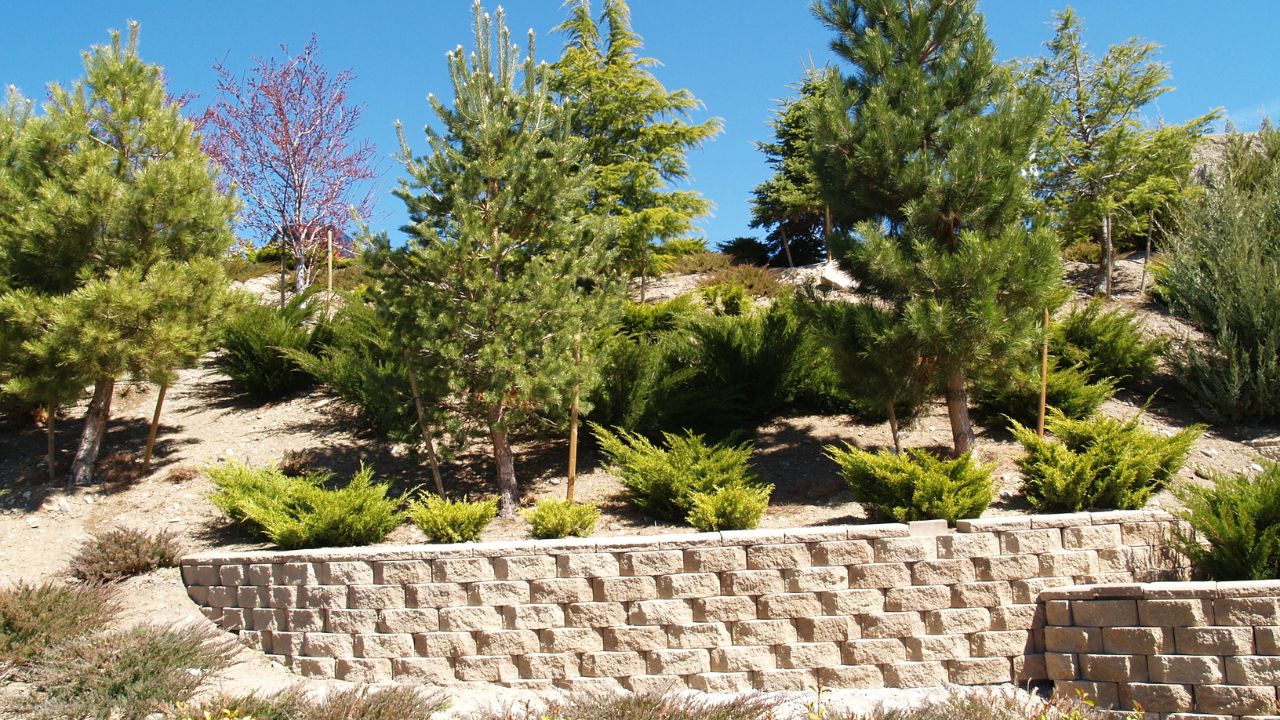
Prefabricated retaining walls are considered the fastest and easy solution if you are short on time and want your project to be completed successfully as soon as possible. These walls are manufactured and pre-engineered off-site. After that, they are transported to the construction site and installed.
You can choose and select many other types of retaining walls according to your preference and liking. For your ease, we have added a table that gives you an overview of different types of retaining walls, including their characteristics, advantages, and disadvantages:
| Type of Retaining Wall | Characteristics | Advantages | Disadvantages |
| Concrete Retaining Walls | Durable, strong, and long-lasting | Used in construction of high walls and require less effort and labor | Expensive, requires skilled labor and equipment, can crack or break over time |
| Gabion Retaining Walls | Made of wire mesh baskets filled with rocks or other materials, flexible, and can be used in various shapes | Affordable hence require less effort and labor | May not be suitable for high walls, may have limited lifespan, and can shift or move if not anchored properly |
| Timber Retaining Walls | Made of wood, natural appearance, and can be easily customized | Affordable hence require less effort and labor | Prone to rot, termites, and other types of damage, may require frequent maintenance and replacement |
| Block Retaining Walls | Made of concrete blocks or bricks, versatile, and can be used for various shapes | Economical, easy to install, and can be used for various heights and applications | May not be suitable for high walls, can crack or break over time, and may have limited lifespan |
| Natural Stone Retaining Walls | Made of natural stone, attractive, and can add aesthetic value to the landscape | Durable, long-lasting, and requires low maintenance | Expensive, requires skilled labor and equipment, and may not be suitable for high walls |
| Brick Retaining Walls | Made of bricks, attractive, and can add aesthetic value to the landscape | Durable, long-lasting, and requires low maintenance | Expensive, requires skilled labor and equipment, and may not be suitable for high walls |
| Boulder Retaining Walls | Made of large boulders, natural appearance, and can add aesthetic value to the landscape | Durable, long-lasting, and requires low maintenance | Expensive, requires skilled labor and equipment, and may not be suitable for high walls |
| Sheet Pile Retaining Walls | Made of interlocking steel or concrete sheets, flexible, and can be used for temporary walls | Affordable hence require less effort and labor | May not be suitable for high walls, may have limited lifespan, and can shift or move if not anchored properly |
| Prefabricated Retaining Walls | Made of precast concrete or other materials, easy to install, and can be used for various heights and applications | Affordable hence require less effort and labor | Not recommended for construction of high walls |
| Gravity Retaining walls | Made of heavy materials such as concrete or stone, rely on their mass to resist soil pressure | Easy to install, suitable for low to medium heights | May not be suitable for high walls and requires large space for construction |
| Cantilever Retaining walls | Have a wedge-shaped design, made of reinforced concrete, and rely on tension and compression to resist soil pressure | Suitable for medium to high walls and can support heavy loads | Requires skilled labor and equipment and may be expensive |
| Anchored Retaining walls | Made of reinforced concrete or masonry and have cables or rods anchored into the soil behind the wall | Suitable for high walls or areas with high soil pressure | Requires skilled labor and equipment and may be expensive |
FAQs
What factors should be considered while choosing a retaining wall?
Certain factors must be considered carefully before selecting a certain type of retaining wall. These factors include the height of the retaining wall, the kind of soil or other materials being retained, the drainage conditions, the aesthetics of the area, and the cost and ease of installation.
Is a permit necessary if I want to build retaining walls myself?
Permit requirement depends on the local regulations of the area where you are constructing and the height of retaining walls. So it would be better to check it with your local construction department before starting any construction.
Read More: Structural Engineer in Northern Beaches
Conclusion
Retaining wall is an important part of your outdoor space. As they are a source of preventing erosion and holding back soil in this position, they should be installed with great care. There are a lot of retaining walls, as discussed above, each of them unique and has its characteristics. That is why it is important to have advice from a professional for recommendations for your project. Once installed, these retaining walls will be a source of everlasting beauty and charm for your outdoor space.

